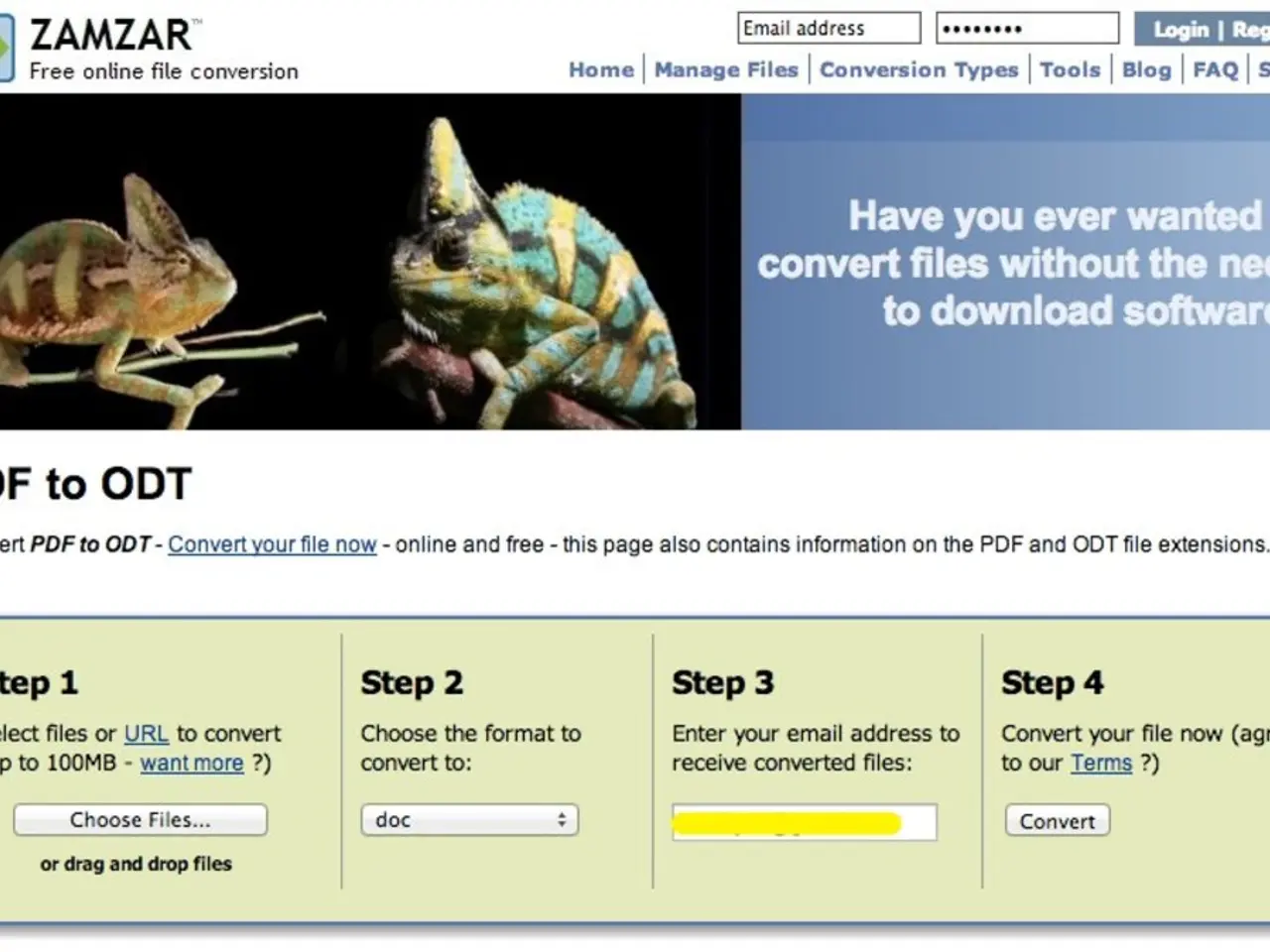Team-based Agile Approach: Techniques, Structures, Procedures, and Resources
In the rapidly evolving business landscape, Agile project management has emerged as a game-changer, offering a competitive edge that defies traditional methodologies. This approach, aimed at nurturing self-sufficient teams with a high level of personal responsibility and commitment to a common cause, has become popular and mainstream, finding a place in many industries.
Agile methodology emphasizes continuous feedback loops for product improvement, transparency, team collaboration, and responsiveness to change. The Agile workflow gives companies a competitive edge by helping them churn out ready-to-use projects fast without a loss in quality.
One of the essential Agile practices is the use of the Kanban board, which visualizes the scope of work and helps teams see the progress on a project at any given moment. By moving cards containing items of work through the stages of "To-Do", "In Progress" and to "Done", teams can effectively manage their workflow and optimize the flow of work in the value stream.
An Increment, a single step in achieving the Product goal, is another key concept in Agile. Each increment builds up to the entire project and needs to be usable for the client and provide a certain value. The team may work on multiple Increments within a single sprint, and several Backlog items constitute an Increment.
The Agile approach also involves several ceremonies, such as Standups, Sprint Review and Planning, Retrospective meetings, and Sprint Review and Planning are closely correlated. These ceremonies provide opportunities for team collaboration, reporting on progress, and identifying areas for improvement.
Transitioning a team to Agile project management involves a strategic, collaborative, and flexible approach. Here are the key steps:
1. Gain stakeholder buy-in and communicate transparently: Ensure all stakeholders understand and support the Agile transition. Open communication about the new roles, goals, and removal of roadblocks creates trust and alignment throughout the team.
2. Organize and build the right team: Form a team with clearly defined roles such as Product Owner, Scrum Master, developers, and designers. Agile teams should be self-organizing but role-aware, fostering commitment and collaboration to enhance productivity and innovation.
3. Choose the Agile framework that fits your team: Select from methodologies like Scrum for structured sprints and roles, Kanban for continuous delivery, Extreme Programming, or hybrids. The chosen framework must fit the team’s style and project needs, not the other way around.
4. Map the workflow stages: Lay out clear workflow steps, adding custom stages to visualize blockers. This clarity in process flow allows tracking progress and identifying bottlenecks effectively.
5. Set Work in Progress (WIP) Limits and Sprint Cadence: For Scrum, define sprint lengths (usually 1-4 weeks). For Kanban, set WIP limits to avoid overloading the team, helping them focus and maintain steady delivery without chaos.
6. Leverage Agile tools to support collaboration: Adopt project management tools that enable backlog management, task assignment, real-time collaboration, and metrics tracking. Tools streamline the process and help embed Agile practices into daily operations.
7. Promote a continuous improvement culture: Use regular retrospectives, feedback loops, and data-driven metrics to inspect practices and adapt workflows continuously. Agile is a mindset of ongoing learning and refinement, not a fixed system.
8. Embed Agile spirit into team culture: Go beyond processes by fostering an environment that values flexibility, rapid experimentation, collaboration, and innovation. Teams that internalize Agile values transform smoothly and boost responsiveness.
By following these practices, organizations can enable a smooth transition to Agile project management, improving efficiency, team morale, and delivery outcomes. The organizational transition to Agile also makes a business flexible to customer's needs and requirements.
- Agile development has shown its significance not only in software engineering but also in various industries, leading to an increased focus on product development across the business sector.
- In the world of finance and wealth-management, Agile methodology can help in investing more effectively by providing more responsive and adaptive solutions, ensuring that clients receive a higher return on their investments.
- Educational institutions are increasingly adopting Agile principles in their curriculums due to its emphasis on education-and-self-development and its ability to enable personal-finance management skills, especially for emerging entrepreneurs.
- It is not uncommon to see Agile practices being applied in general-news outlets, enabling them to respond more efficiently to the fluctuating demands of current events, providing their readers with accurate and timely information.
- Sports teams have also started employing Agile principles to improve their performance and training methods, assessing progress, and making changes in real-time to optimize their competitiveness.
- As Agile development continues to evolve, technology companies will continue to lead the way, innovating and refining Agile principles to better address the complex challenges in today's business world.




